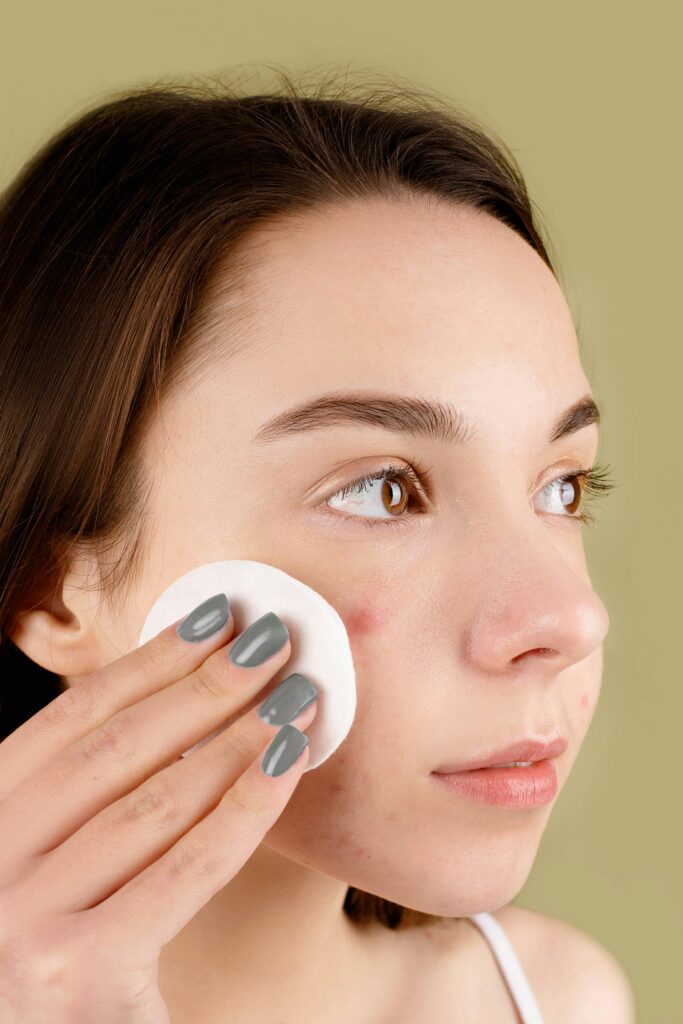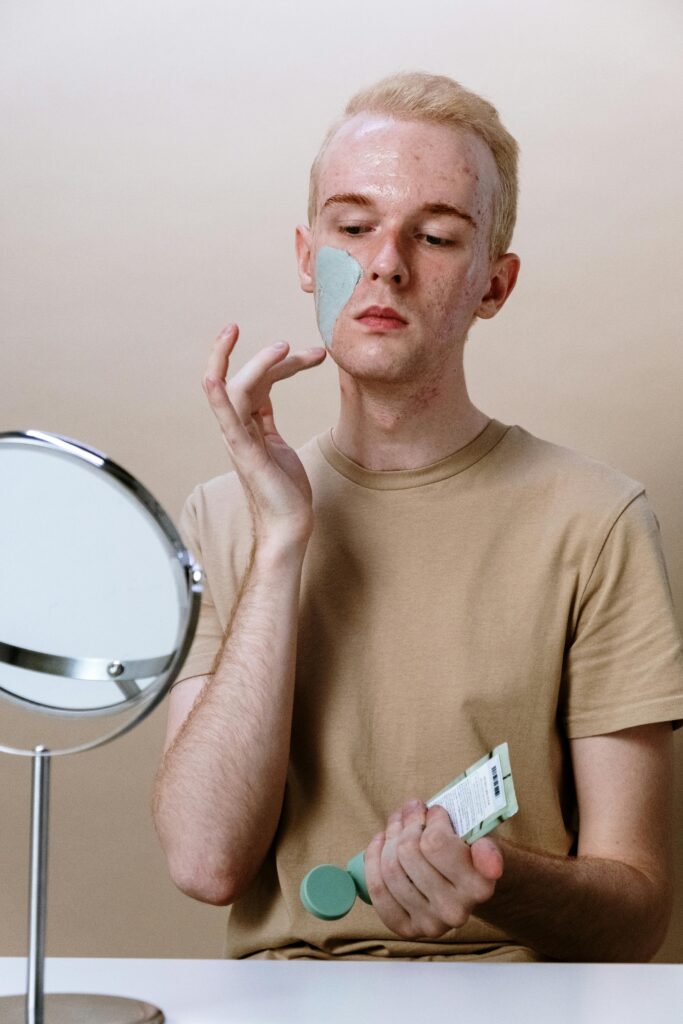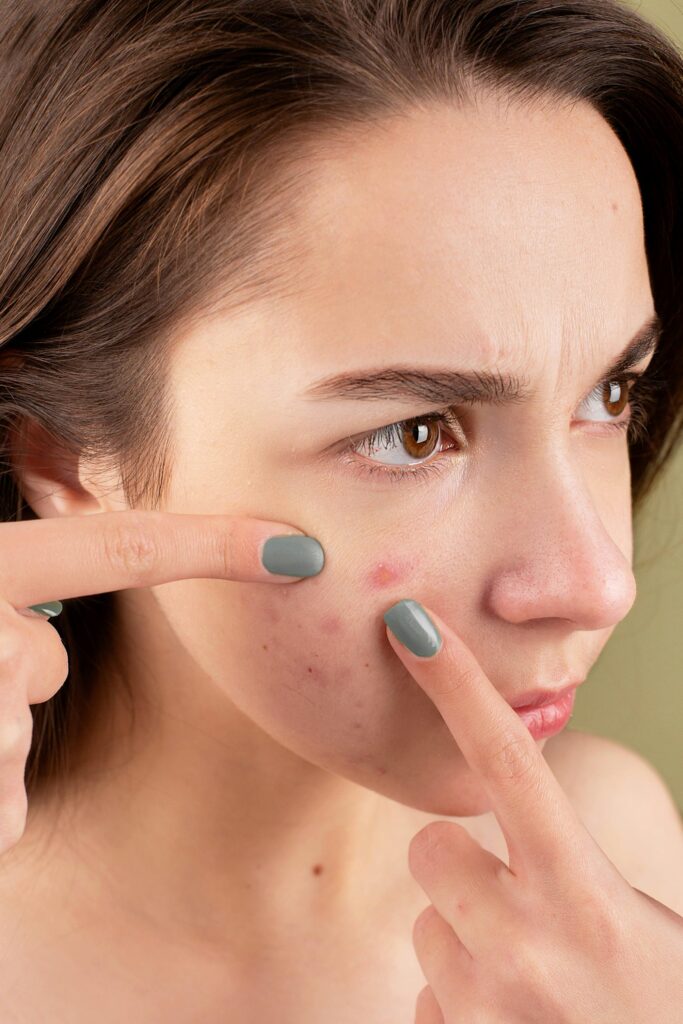
Breakouts are among the most common skincare concerns affecting people of all ages, from teens battling hormonal changes to adults navigating stress, diet, and environmental triggers. While many assume all breakouts are the same, they can actually be a symptom of various underlying skin conditions. Understanding the type, cause, and treatment of your breakouts is key to achieving clear, healthy skin.
In this guide, we’ll break down the types of breakouts, what causes them, how to treat them based on your skin type, and lifestyle adjustments to maintain long-term results. Whether you’re struggling with stubborn acne, occasional pimples, or related conditions like rosacea or fungal acne, this article will help you make sense of what’s going on with your skin.
A breakout refers to a sudden or persistent appearance of acne or inflammation on the skin. It usually includes pimples, whiteheads, blackheads, or cystic bumps. However, not all breakouts are created equal. Identifying the exact cause and type of skin condition is the first step toward choosing the right treatment.
The most familiar form of breakouts, acne vulgaris typically occurs due to clogged pores caused by excess oil (sebum), dead skin cells, and bacteria. It ranges from mild blackheads to severe cystic acne.
Characteristics:
Common in: Teens, young adults, oily or combination skin
Triggers: Hormones, poor diet, stress, wrong skincare products
Hormonal acne typically appears in adulthood, especially around the jawline and chin. It worsens around menstruation, pregnancy, or menopause and is deeply connected to fluctuations in estrogen, progesterone, and testosterone.
Characteristics:
Common in: Women over 25, PCOS, teens going through puberty
Triggers: Menstrual cycle, pregnancy, menopause, stress, birth control pills
Often mistaken for regular acne, fungal acne is caused by an overgrowth of yeast in hair follicles. Traditional acne treatments usually worsen it, which is why proper diagnosis is essential.
Characteristics:
Common in: Athletes, humid environments, people using antibiotics or steroids
Triggers: Excessive sweating, tight clothing, oily skin, humidity
Rosacea is not technically acne but often presents with acne-like symptoms such as redness and pustules. It’s a chronic inflammatory condition that affects the central part of the face.
Characteristics:
Common in: Fair-skinned individuals, ages 30–50
Triggers: Sunlight, spicy food, hot drinks, alcohol, stress
This is a facial rash that tends to affect the skin around the mouth, nose, and eyes. It resembles acne but responds differently to treatment.
Characteristics:
Common in: Women, especially those using steroid creams or heavy cosmetics
Triggers: Topical steroids, fluoridated toothpaste, hormonal shifts
It’s essential to avoid self-diagnosing through social media or guesswork. Consider these methods to correctly identify your skin condition:
Let’s now dive into effective skincare routines tailored to each condition:
Morning:
Evening:
Tips:
Morning:
Evening:
Tips:
Morning & Evening:
Tips:
Morning:
Evening:
Tips:
Morning & Evening:
Tips:



Skincare is only one part of the puzzle. Your lifestyle plays a critical role in reducing breakouts and healing your skin.
If your breakouts:
It’s time to visit a dermatologist. Prescription medications, chemical peels, microneedling, or hormone therapy may be necessary based on your condition.
Breakouts are not just a cosmetic issue—they can impact your confidence, mental health, and quality of life. The good news is that they’re treatable with the right knowledge, consistent skincare, and lifestyle support.
Understanding your breakout type is the foundation. Once you identify whether it’s acne, hormonal imbalance, fungal infection, or rosacea, you can tailor your skincare and lifestyle to support healing.
Consistency is key. Don’t switch products too often, and be gentle with your skin. With time, patience, and the right care, clearer, healthier skin is within reach—at any age.

SatynMag empowers women with inspiring stories, expert advice, and uplifting content to fuel their strength and dreams
Welcome to Satynmag S Suite, online knowledge platform for career and personal growth. This is where you can empower yourself with cutting edge knowledge, latest know-how and grow.


